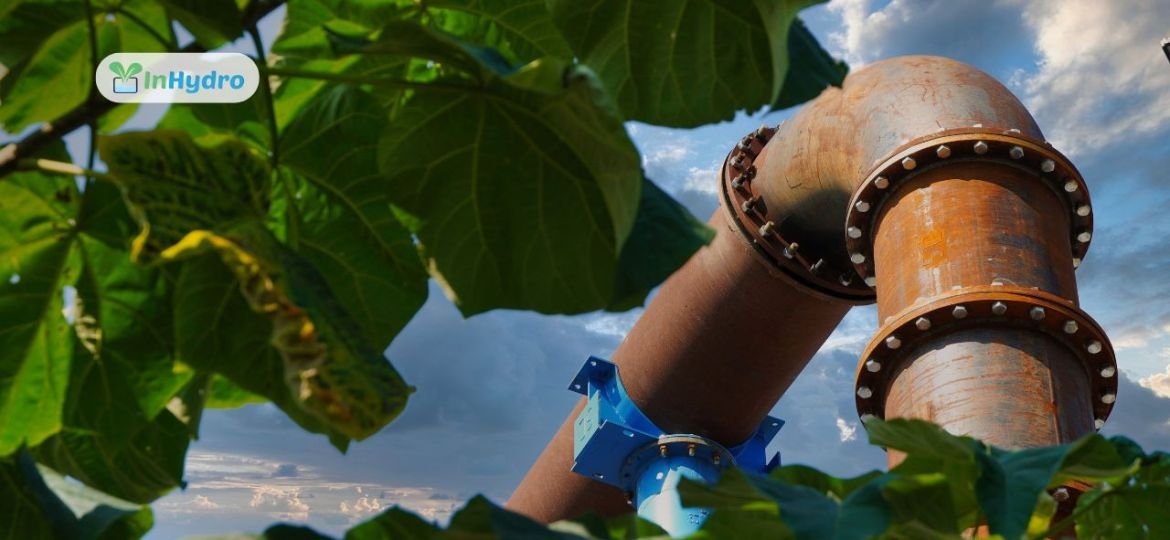
How to Design a Drip Irrigation System for Maximum Efficiency
In modern farming and gardening, efficient water use is paramount. Drip irrigation systems, also known as micro-irrigation, are one of the most effective ways to deliver water directly to plants’ root zones, reducing water waste and improving crop health. Whether you’re managing a small garden or a large farm, understanding how to design a drip irrigation system for maximum efficiency can save resources and boost yields.
What is a Drip Irrigation System?
A drip irrigation system delivers water slowly and steadily to plants’ roots through a network of tubing, valves, and emitters. Unlike traditional irrigation methods like sprinklers or flood irrigation, this system ensures that water is distributed only where it’s needed, reducing runoff and evaporation.
Why Choose Drip Irrigation?
Key benefits of a drip irrigation system include:
- Water Efficiency: Uses 30–50% less water than traditional methods.
- Improved Plant Health: Prevents overwatering and reduces the risk of diseases caused by excess moisture on leaves.
- Scalability: Suitable for everything from home gardens to large-scale agricultural setups.
Designing a Drip Irrigation System: Step-by-Step Guide
Creating an efficient drip irrigation system requires thoughtful planning and execution. Follow these steps to ensure your system operates at peak performance:
Step 1: Assess Your Irrigation Needs
Start by identifying the specific requirements of your plants and the layout of your garden or farm. Key factors include:
- Plant Types: Different crops have varying water needs. For instance, vegetables like tomatoes may require more water than succulents.
- Soil Type: Sandy soils drain quickly, requiring more frequent watering, while clay retains moisture longer.
- Climate: Hotter regions may necessitate more frequent irrigation due to evaporation.
Step 2: Plan the Layout
Sketch out the layout of your field or garden. Identify where plants are located and determine the placement of:
- Water Source: Choose a reliable water source like a tank, reservoir, or municipal supply.
- Mainline Tubes: These carry water from the source to the field.
- Lateral Tubes: Smaller lines branch off the mainline, directing water to plants.
- Emitters or Drippers: These are placed along the lateral tubes to control the flow of water to each plant.
Step 3: Choose the Right Components
Select high-quality materials to ensure durability and long-term efficiency. Key components include:
- Tubing: Use UV-resistant polyethylene tubing for durability.
- Drip Emitters: Choose emitters based on the flow rate required (e.g., 2 liters/hour or 4 liters/hour). Adjustable emitters are versatile for crops with varying water needs.
- Pressure Regulators: Essential for controlling water pressure and preventing tubing or emitter damage.
- Filters: Install filters to remove debris and prevent clogging.
- Fittings and Connectors: Ensure tight seals to prevent leaks.
Step 4: Calculate Water Flow and Pressure
Efficient drip irrigation requires balanced water flow and pressure. Use these tips:
- Check the flow rate of your water source to ensure it meets the demands of your system.
- Install a pressure regulator to maintain consistent water pressure, typically between 10–30 PSI for most drip systems.
- Use a flow meter to monitor water usage and ensure efficiency.
Step 5: Install the System
Once you’ve designed the layout and gathered components, proceed with installation:
- Lay the mainline tubing from the water source to the field.
- Attach lateral tubing to the mainline using connectors.
- Place emitters at appropriate intervals along the lateral lines.
- Secure tubing with stakes to prevent movement.
- Connect the system to the water source and test for leaks or uneven flow.
Step 6: Test and Adjust
After installation, run the system to ensure:
- Water flows evenly to all plants.
- There are no leaks in the tubing or fittings.
- Emitters deliver the desired flow rate to plants.
Make necessary adjustments to emitter placement, tubing alignment, or water pressure.
Tips for Maximizing Efficiency in Drip Irrigation
- Monitor Soil Moisture: Use a soil moisture meter to ensure plants are receiving adequate water without overwatering.
- Optimize Watering Schedules: Irrigate during early mornings or late evenings to minimize evaporation.
- Regular Maintenance: Check for clogs, leaks, and wear in the system. Clean filters periodically to ensure smooth operation.
- Use Mulch: Cover the soil with organic mulch to retain moisture and reduce evaporation further.
- Zone Management: For larger setups, divide your field into irrigation zones based on crop types and water needs.
Drip Irrigation in Urban and Agricultural Contexts
Drip irrigation isn’t just for rural farms—it’s increasingly used in urban agriculture setups and vertical farming systems. In urban settings, this system allows efficient watering of rooftop gardens, balcony planters, and small backyard farms. In large-scale agricultural operations, it minimizes water waste and supports sustainable practices, crucial for areas with water scarcity.
Why Choose InHydro for Your Drip Irrigation System?
At InHydro, we specialize in designing and installing customized drip irrigation systems for farms, gardens, and urban setups. Our systems are built with precision-engineered components to ensure maximum efficiency and long-term durability. With a focus on sustainability and resource optimization, we help growers of all sizes implement soil-less farming techniques that enhance productivity while conserving water.
Drip irrigation can save up to 50% more water than traditional methods by delivering water directly to plant roots with minimal waste.
While most crops can benefit from drip irrigation, plants with shallow root systems or those grown in rows, such as vegetables and herbs, are ideal candidates.
Regularly inspect the system every 1–2 weeks for clogs, leaks, and damage to ensure optimal performance.
Drip irrigation is a game-changer in modern agriculture, combining efficiency, sustainability, and precision. With a well-designed system, you can conserve water, improve plant health, and boost yields—all while contributing to a more sustainable future in farming. Let InHydro help you take the first step toward smarter irrigation solutions today!

